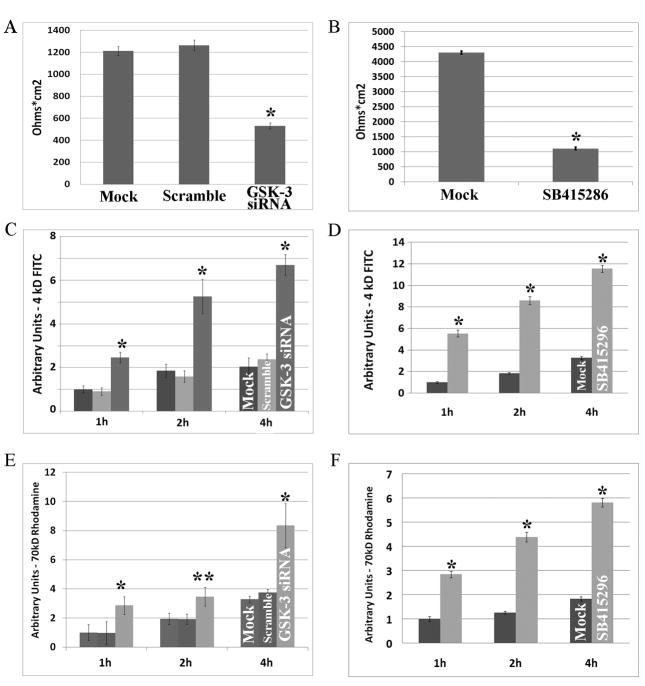Figure 1. GSK-3 activity decreases paracellular permeability.
(A, C, E) After siRNA-mediated downregulation of GSK-3 in SK-CO15 cells, transepithelial resistance (TER) is decreased from ~1.2 kΩ cm2 to 0.5 kΩ cm2. Paracellular permeability to bulk solute is also decreased after downregulation of GSK-3. For 4kd-FITC-dextran, the increase in permeability is significant at 1, 2 and 4 hours (p<0.01). For 70kD-Rhodamine-dextran, the increase in permeability is significant at 1 ( p<0.01), 2 (p<0.05) and 4 (p<0.01) hours. As can be seen there are no significant differences between Mock (no siRNA) and Scramble siRNA treatment. These data are from three separate experiments. (B, D, F) After chemical inhibition of the GSK-3 kinase domain with SB415286 in MDCK cells, transepithelial resistance (TER) is decreased from ~4.3 kΩ cm2 to 1.2 kΩ cm2. (D, G) Paracellular permeability to bulk solute is also decreased after downregulation of GSK-3. Permeability is significantly increased to both 4kD-FITC dextran and 40kD-Rhodamine-dextran at 1, 2 and 4 hours (p<0.001). These data are from three separate experiments.

